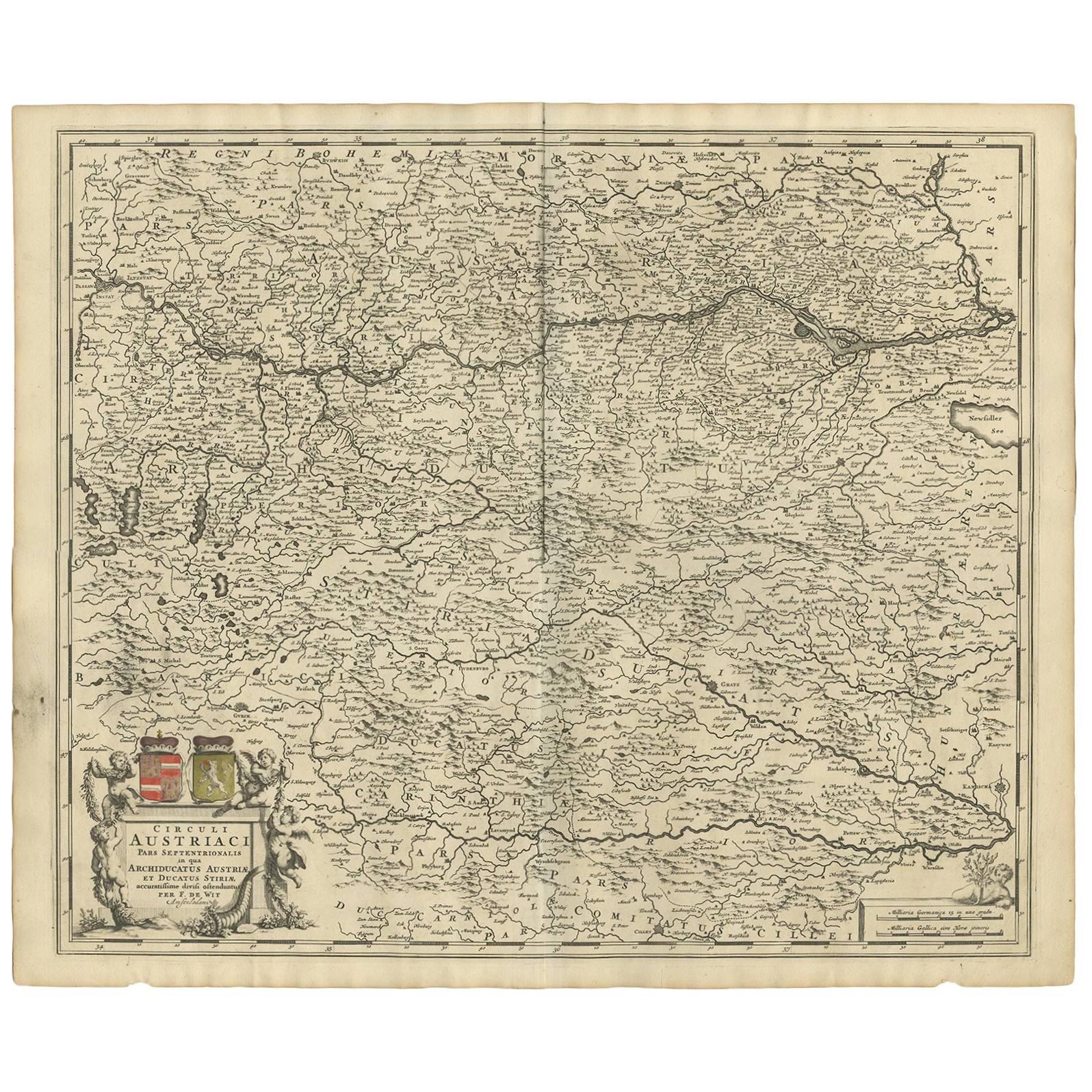

The copyright and related rights status of this Item has been reviewed by the organization that has made the Item available, but the organization was unable to make a conclusive determination as to the copyright status of the Item.Circuli Austriaci pars septentrionalis: in qua Archiducatus Austriae et Ducatus Stiriae accuratissime divisi ostenduntur.He died as a wealthy man in Cologne in 1590. Thanks to large-scale projects like the Geschichtsblätter and the Civitates, Hogenberg's social circumstances improved with each passing year.
#Circuli austriaci pars occidentalis series#
He immediately embarked on his two most important works, the Civitates, published in 1572 and the Geschichtsblätter, which appeared in several series from 1569 until about 1587. In 1568 he was banned from Antwerp by the Duke of Alva and travelled to London, where he stayed a few years before emigrating to Cologne. He was born in Mechelen as the son of Nicolaas Hogenberg.īy the end of the 1560s, Frans Hogenberg was employed upon Abraham Ortelius's Theatrum Orbis Terrarum, published in 1570 he is named an engraver of numerous maps. Although he left the Jesuit Order, he studied theology, gaining a licentiate in theology.įrans Hogenberg was a Flemish and German painter, engraver, and mapmaker. In 1561 he obtained his bachelor's degree, and in 1562 his Magister Artium. After his studies in Cologne, he entered the Jesuit Order as a novice. Several printers were involved: Theodor Graminaeus, Heinrich von Aich, Gottfried von Kempen, Johannis Sinniger, Bertram Buchholtz and Peter von Brachel, who all worked in Cologne.

The German translation of the first volume appeared from 1574 on, and the French edition from 1575 on. Vol.2, first issued in 1575, was followed by further editions in 1597 and in 1612. Translations appeared in German and French.įollowing the original publication of Volume 1 of the Civitates in 1572, seven further editions of 1575, 1577, 1582, 1588, 1593, 15 can be identified. Works by Jacob van Deventer, Sebastian Münster, and Johannes Stumpf were also used. Other contributors were cartographers Daniel Freese and Heinrich Rantzau. Frans Hogenberg created the tables for volumes I through IV, and Simon van den Neuwel created those for volumes V and VI. The first volume was published in Latin in 1572, and the sixth in 1617.
#Circuli austriaci pars occidentalis professional#
A large number of the plates were engraved after the original drawings of Joris Hoefnagel (1542-1600), who was a professional artist. Georg Braun wrote the text accompanying the plans and views on the verso. It was one of the best-selling works in the last quarter of the 16th century. The Civitates Orbis Terrarum, or the "Braun & Hogenberg", is a six-volume town atlas and the greatest book of town views and plans ever published: 363 engravings, sometimes beautifully coloured. Running across the background are the Alpine foothills between Erzberg (R) and Traunstein (Q). The Landhaus formed the focus of Linz's economic and cultural life and from 1574 onwards housed the Protestant estates school, whose teaching staff included Johannes Kepler. In the centre stands the Landhaus (M), begun in 1568, whose tower was further heightened on several occasions. The parish church of the Assumption of the Virgin (K) rises prominently on the left. Dominating the city from the top of a hill on the right is the imperial palace (N), which arose from 1477 out of a 9th-century fortress and served Emperor Frederick III and his son Maximilian I as an imperial residence. Presented in a perspective framework from the northwest, the view of Hagan castle - here almost hidden by roots and brambles - and the River Danube, on the far side of which appears Linz.


 0 kommentar(er)
0 kommentar(er)
